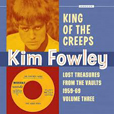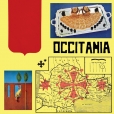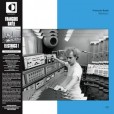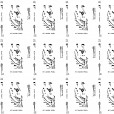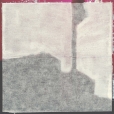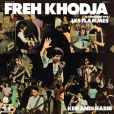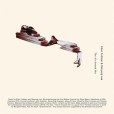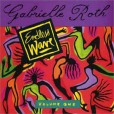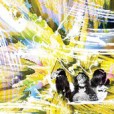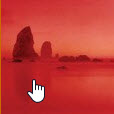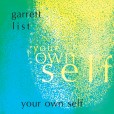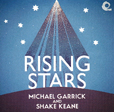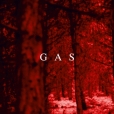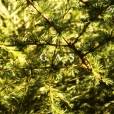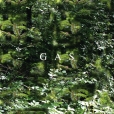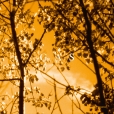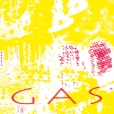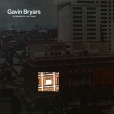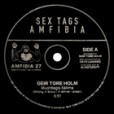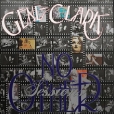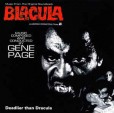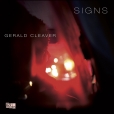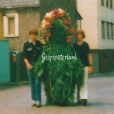Your basket is empty

Lost Treasures From The Vaults, 1959-69, Volume Three.
Four lost works by the electro-acoustic pioneer and GRM stalwart: Electrucs!, a synthesizer soundtrack to an imaginary film, from 1974; Foliphonie, a kind of postscript to his own La Grande Polyphonie, the same year; Cinq Dessins En Rosace, from 1973; and Marpège, dedicated to Bernard Parmegiani, from 1995.
The first reissue of this set, recorded in Paris in 1975, jubilantly blending funky Algerian rock and other North African sounds with jazz, Latin, boogie… A two-page insert carries new liner notes.
A rare sighting of Eye from The Boredoms, kicking up a rumpus with Japanese noise-rock duo Gagakirise.
Exotica, a bossa, and real-deal British bebop from 1964: four unissued cues featuring The Hastings Girl Choir, and four cuts with Coleridge Goode and Bobby Orr.
Flexidisc.
‘Ghost musick… operating in the margins and intersections of folklore, experimental electronics, dreams and nightmares… Think of it as a rampant yearning, a manic laughter, but mostly as a feeling of some somnambulistic thirst for adventure and journeys into the unknown, a feeling that is grounded deep inside the heart of the continent.’
‘Shines a light on a little-heard, spooked German underground, working below the radar on mostly small-run releases. Lower Franconia’s Baldruin lays the mystery on thick, his fevered tracks here using flutes, electric organs and shaken children’s toys to create an opaque ambience. Close neighbours Brannten Schnüre voyage into similarly uncharted territory, providing laceworks of fragile folk melodies and sloshes of breathy drone offset by detached vocals. Like Brothers Grimm armed with analogue synths, Freundliche Kreisel supply the title track’s sinister fairy tale, while the oblique textures of Kirschstein’s mystically-themed efforts betray roots in Amon Düül’s hallucinogenic psychedelia and Novy Svet’s neo surrealism. A very dark delight’ (Mojo).
